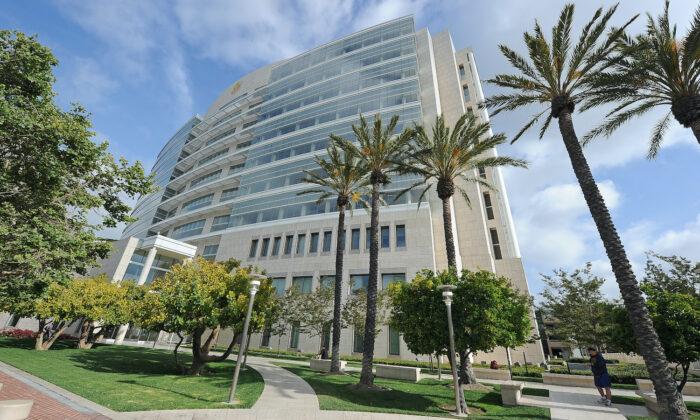The California Coastal Commission approved Oct. 13 the construction of a $140 million desalination plant at Doheny State Beach in Dana Point to turn 5 million gallons of ocean water into drinking water per day, as the state grapples with a persistent drought.
The Doheny Desalination Project is estimated to be functional in 2027.
“This is an extremely important project for the city. Water independence is critical to the continued prosperity of Dana Point,” Mayor Joe Muller of Dana Point told The Epoch Times.
The significance of coastal water supplies—according to the South Coast Water District, the water management agency for Dana Point—is access to an emergency supply if imported water is cut off due to a natural disaster.
The land allotted for this project is already owned by the agency, which significantly reduces costs and impacts of construction, according to the agency.
In May, the California Coastal Commission rejected a desalination plant in Huntington Beach due to concerns surrounding the environmental impact. The design was set to dump millions of gallons of salty brine into the ocean. There were additional concerns that its water intake system would harm marine life.
The plant in Dana Point will “collect seawater from beneath the seafloor to provide source water to the facility,” using what are called “slant wells” buried underground, which “completely avoids impacts to marine life during facility operations.,” according to a commission staff report.
By accessing the water underground, the Dana Point project “completely avoids impacts to marine life during facility operations,” according to the staff report.
According to the South Coast Water District, the Doheny project is the first to be fully accommodating with the California Ocean Plan—which regulates the construction of desalination facilities to ensure environmental soundness—out of 12 other desalination plants currently operating along California’s coast.
The plant can eventually generate 15 million gallons of drinkable water a day. But an increase in volume would require further review and a larger pipeline, according to the commission.




